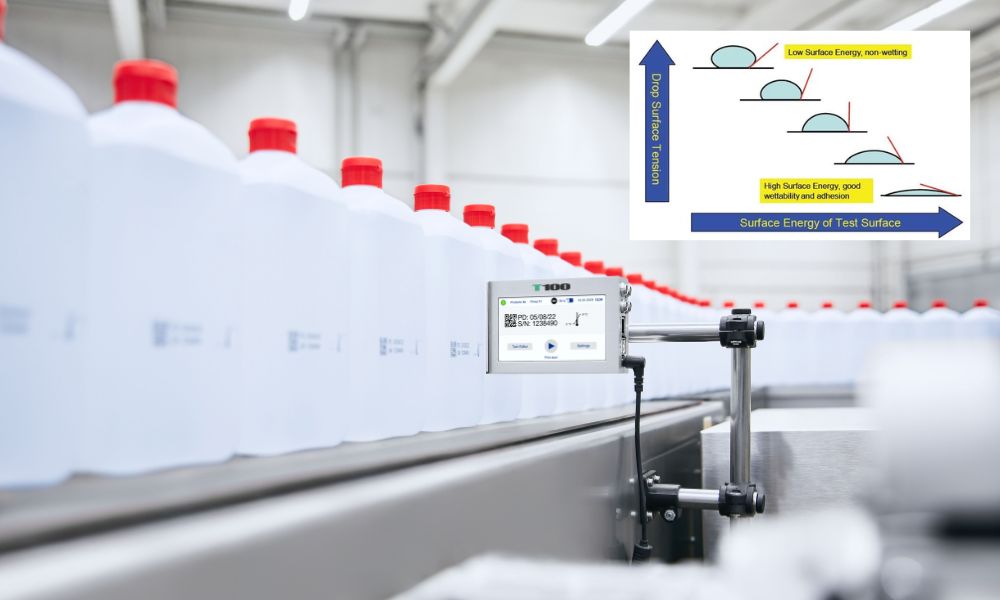Manufacturers across industries rely heavily on plastic printing to label products, mark lots, and manage inventory. The process is not without its complexities, as printing on plastic requires specialized equipment and techniques to achieve quality results. Manufacturers should understand the following considerations when printing on plastic.
Ink Selection
There are solvent-based, UV-curable, and water-based inks. Solvent-based inks offer good outdoor durability, UV-curable inks dry instantly under ultraviolet light, and water-based inks are eco-friendly.
When selecting ink for printing on plastic, consider the environmental conditions the printed plastic will endure. Will it be exposed to harsh chemicals, extreme temperatures, or UV light? Printing with the right ink can mean the difference between prints that fade or degrade and ones that maintain their integrity over time.
Material Compatibility
Not all plastics are equal; therefore, not all of them are suitable for printing. Plastics have different surface energy, some are more slick and some are more rough. Consider the compatibility of the plastic material with the printing process being used. Some printing techniques work well on certain types of plastic, while others may produce poor print quality.
Low surface energy plastic products are non-wetting which means the liquid inks stay on the surface while high surface energy plastic products are good for wettability and adhesion. Understanding the compatibility between your chosen plastic and printing process is crucial for achieving the desired results.
Print Quality and Speed
Printing on plastic requires a balance between speed and quality. While fast printing speeds may seem ideal for meeting high-volume demands, they can result in reduced print quality. On the other hand, sacrificing speed for higher resolution and better color accuracy may not be feasible for manufacturers with tight production schedules. Find a balance between speed and quality that works best for your needs.
Surface Preparation
Surface preparation is critical for achieving quality prints on plastic. The surface must be clean, free of oils or dirt, and have the right surface energy for ink adhesion. Manufacturers can use corona treatment, flame treatment, or plasma treatment to increase the surface energy of plastics and improve print adhesion. These treatments create roughness on the plastic’s surface, allowing ink to adhere and bond.
Maintenance
Ignoring maintenance of industrial inkjet systems can lead to downtime, wasted materials, and poor-quality prints. Regular maintenance is essential to ensure the machinery’s longevity and the continuity of high-quality printing. This includes cleaning print heads, replacing worn components, and updating software.
You have many things to consider when printing on plastic, from the type of plastic used to the ink selection and machine quality. At Tourmaline Enterprises, we specialize in industrial ink marking systems. We can help you select the best equipment for your needs and provide ongoing support to keep your printing processes running smoothly. Contact us today to learn more about our products and services.

